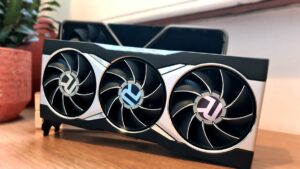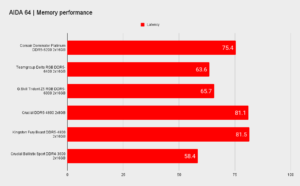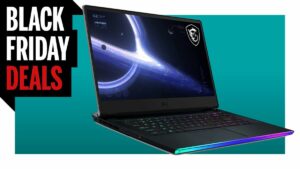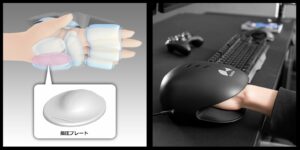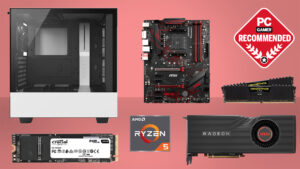The best cheap microphones often sound just as good as their more expensive counterparts. The times of whispery, barely audible audio through Ventrilo are mostly behind us. These days, you can grab a $50 microphone, plug it into your laptop, and record a great-sounding podcast that'll blow your listeners away. Over the past couple of years, popular microphone makers have offered budget-friendly configurations for gaming, recording, and streaming that sound amazing.
So, how can a $40 mic compete with some of the best microphones that could cost up to $300? The cheaper mics, while sounding great, are stripped of even the most basic features to keep costs low. Things like volume, gain control, or even a mute button is nowhere to be seen on the microphone, which requires you to do any audio tweaking through third-party software like OBS or Xsplit.
Despite the cheaper price point, it doesn't change how we test these microphones. We still follow the same testing criteria as the more expensive mics; all we did was add a $100 max budget. We are still looking for excellent sound quality, form factor, usability, and build quality.
Best cheap microphone for streaming and gaming
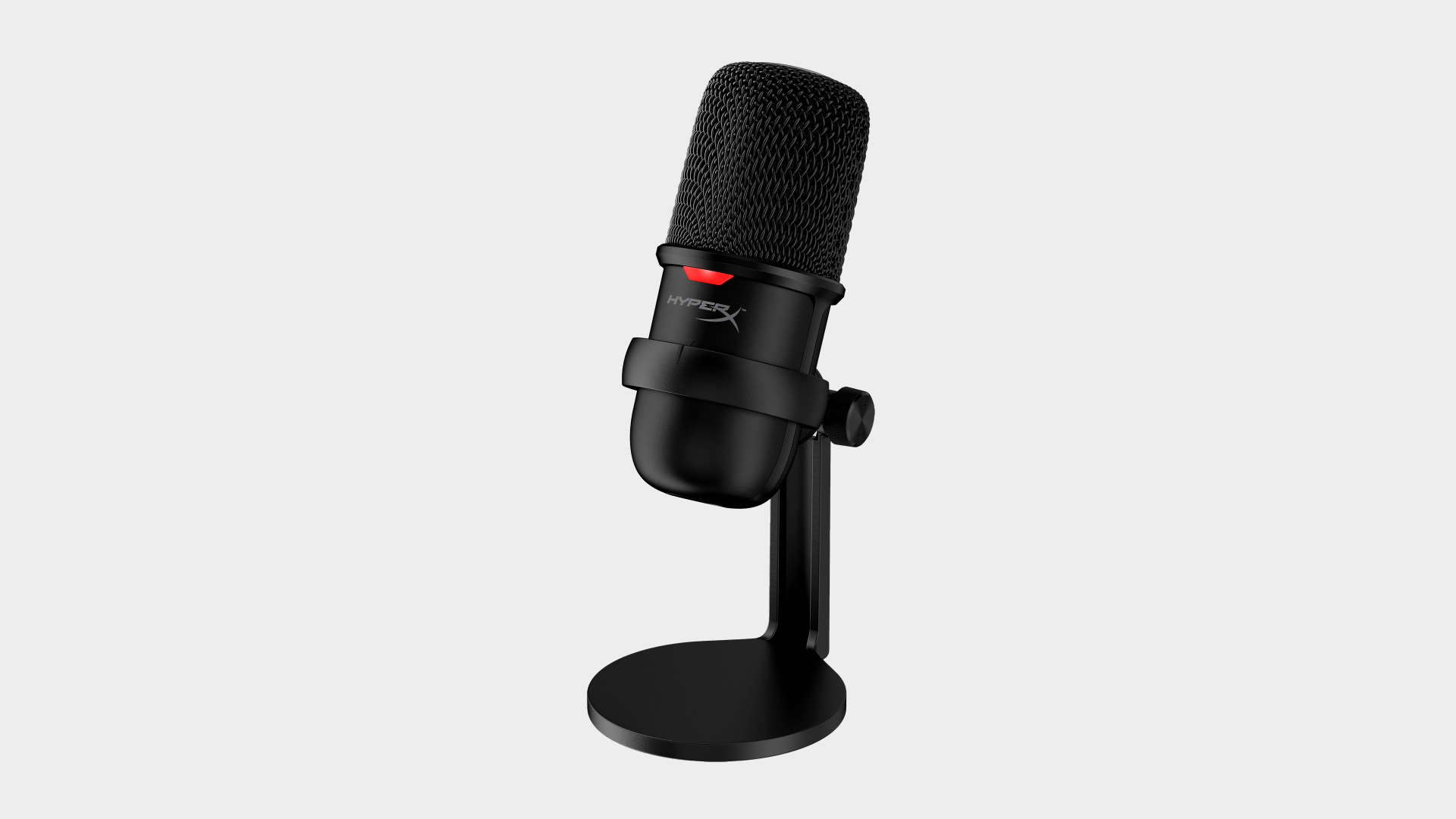
The HyperX SoloCast is a budget microphone that sounds just as good as, if not better than, microphones, double the price. It's less flashy than HyperX's other mic offerings, and I won't lie; I miss the RGB lighting. However, the sound quality on this mic is incredible for $60. It makes up for losing out on some of the quality of life features by coming in at that price.
While the JLab Audio Talk GO and Razer Seiren Mini also offer great sound, the HyperX SoloCast still reigns as the king of budget microphones, giving us the audio chops of its own pricier QuadCast S compatriot but for a fraction of the price.
Read our full HyperX SoloCast review.
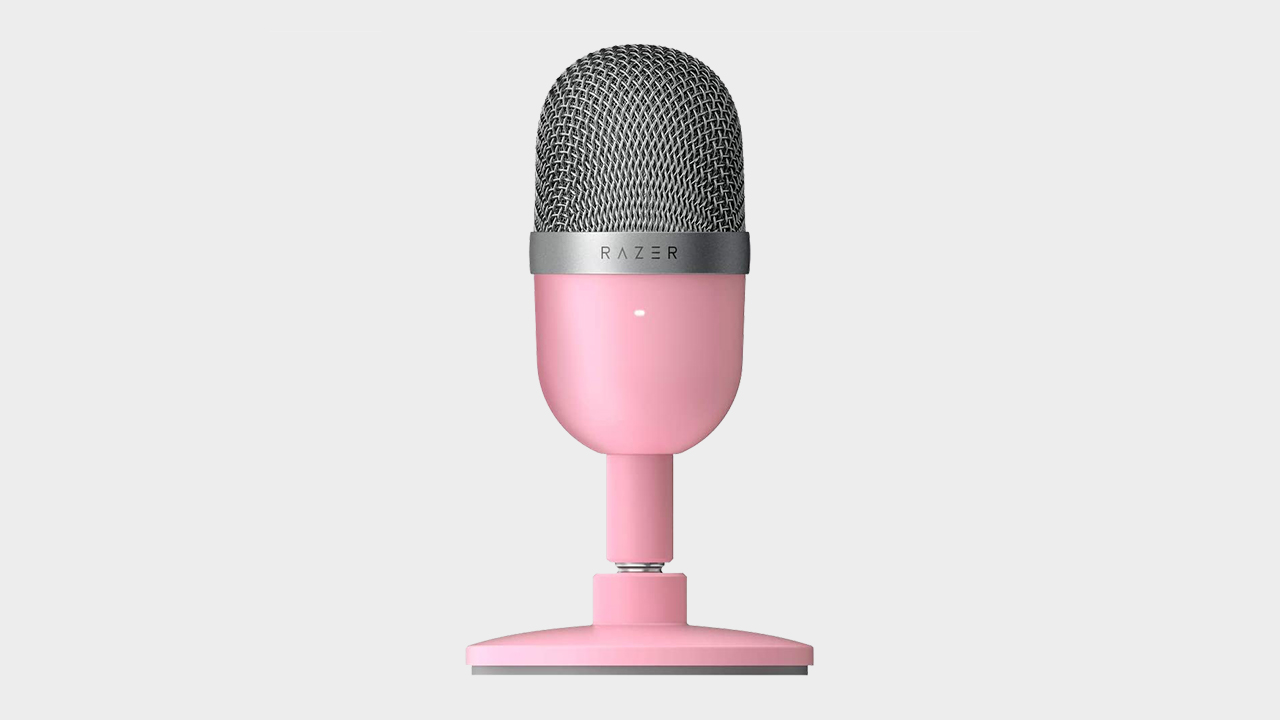
The Razer Seiren Mini is one of the most obnoxiously adorable pieces of hardware I have ever seen. I instantly want to put it on my desk. Its stylish pill-shaped design and color variety give the Mini the personality lacking in some of our other choices on this list. And it sounds incredible to boot.
Remember earlier we mentioned that some of these microphones had to sacrifice some features? Yeah, well, the Seiren Mini pretty much gives up everything. Some people won't care because you're getting a killer mic for $50. At the same time, some other people won't get over the fact that there's no mute button.
Read our full Razer Seiren Mini review.
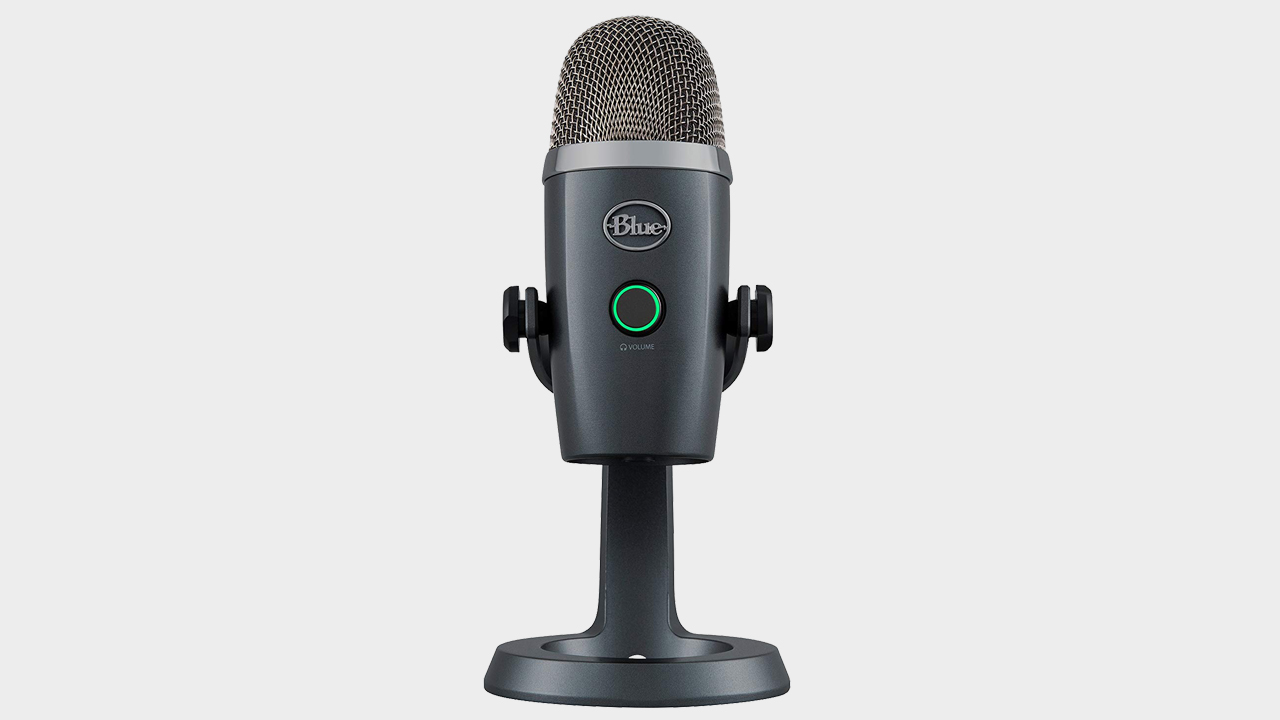
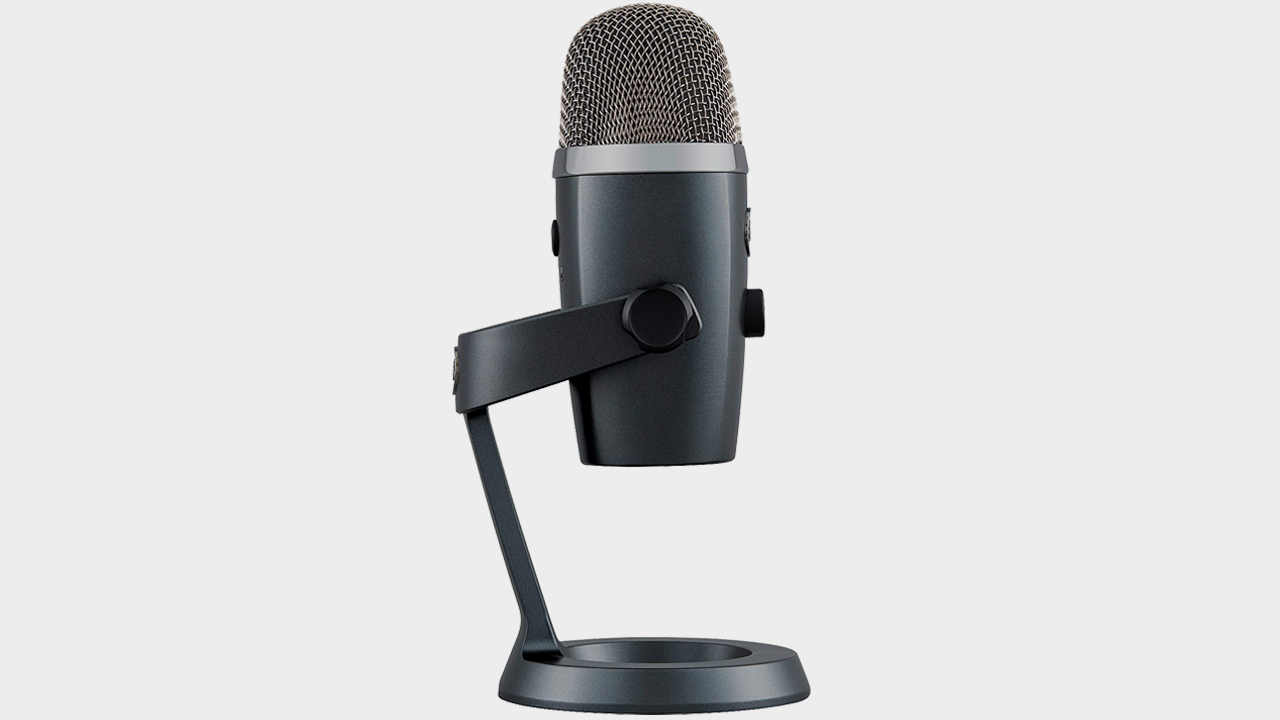

This miniature version of the classic Blue Yeti is the perfect microphone for those just starting with streaming. It has an excellent sound quality for a product under $100. Simultaneously, its tiny size and lightweight metal build make it easy to transport (this is at least 40% smaller than its larger cousin). The Yeti Nano sits as an outlier as the most 'expensive' budget mic on the list but offers more than the cheaper mics regarding features.
Its 24-bit, 48kHz recording sample rate is noticeable, too; audio from the Nano and original Yeti shows that the former is superior by a significant margin. It's only got two polar patterns (cardioid and omnidirectional), but the Yeti Nano makes up for it with everything else.
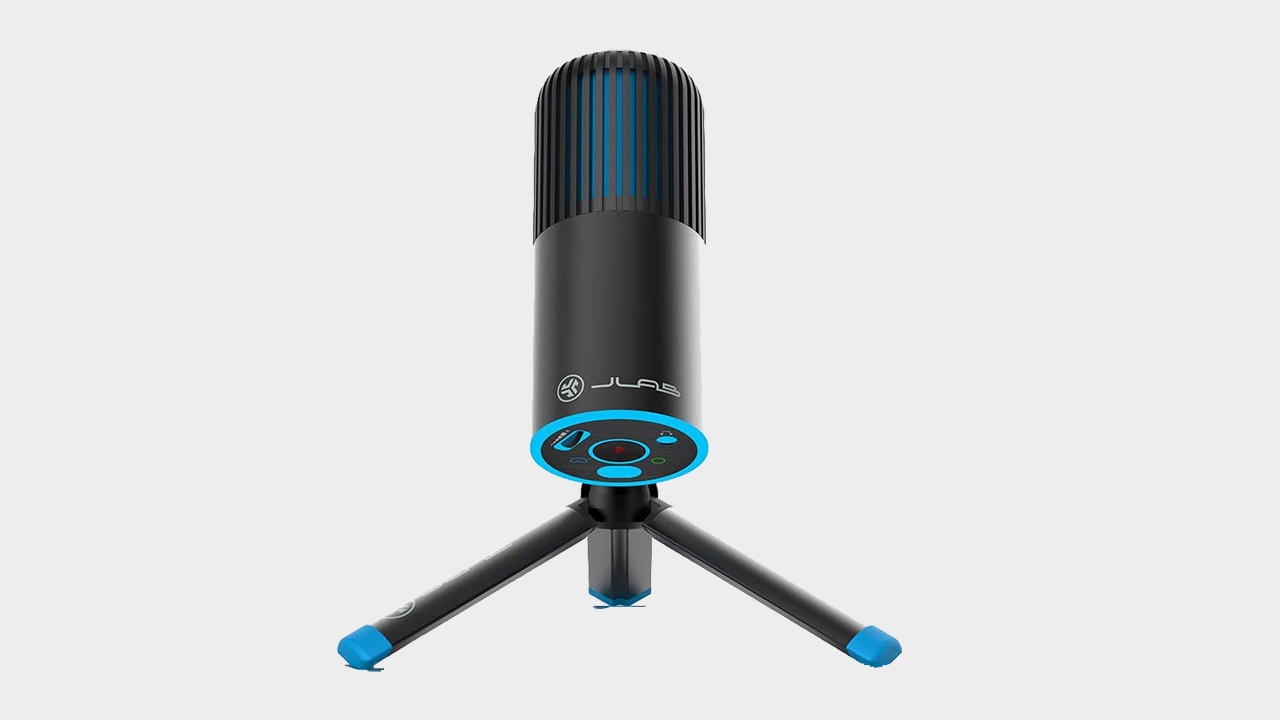
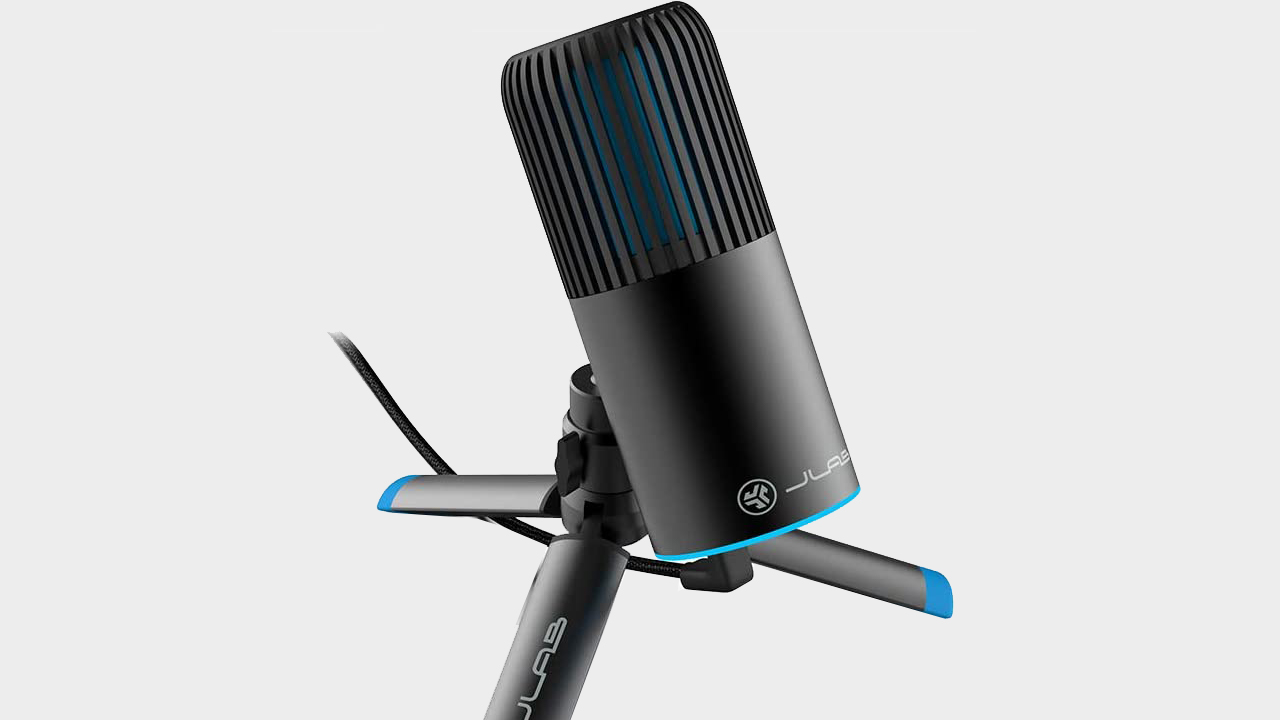
The JLab Audio Talk GO does a great job providing a decent-sounding microphone for podcasters and streamers on a budget. The Talk GO's small stature and companion stand are perfect for anyone looking for a microphone that travels well and doesn't take up much space on your desk.
Even though the GO only has a pair of condensers, the sound of my voice still came out better than expected, although a bit tinnier than I would like. You may not be recording the next hit single on this microphone, but it is great if you're dipping your toes into the whole streaming or podcasting scene.
I've tested a few different mics from JLab Audio. Given its history in the affordable audio space, it's no surprise that the Talk GO was the USB microphone that impressed me more than its more expensive offerings, the Talk and Talk Pro. The Talk GO is a great affordable microphone without sounding or feeling cheap.
Read our review of the JLab Talk GO.
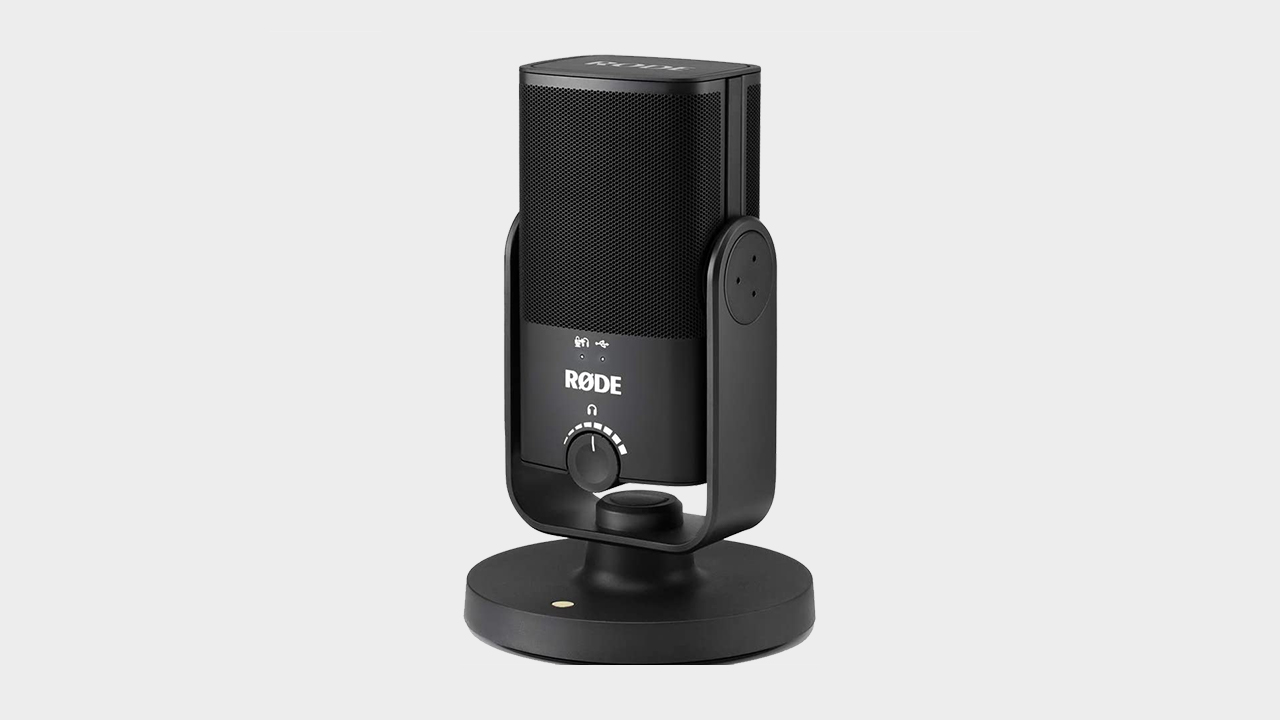
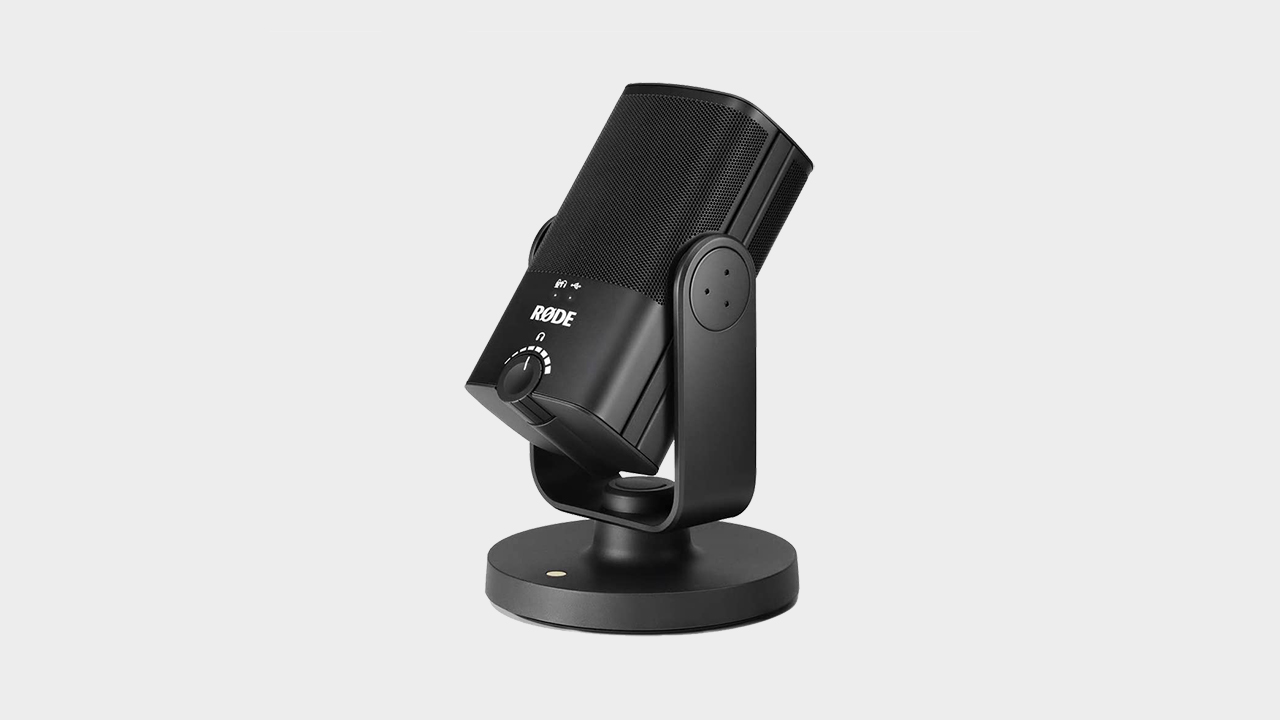
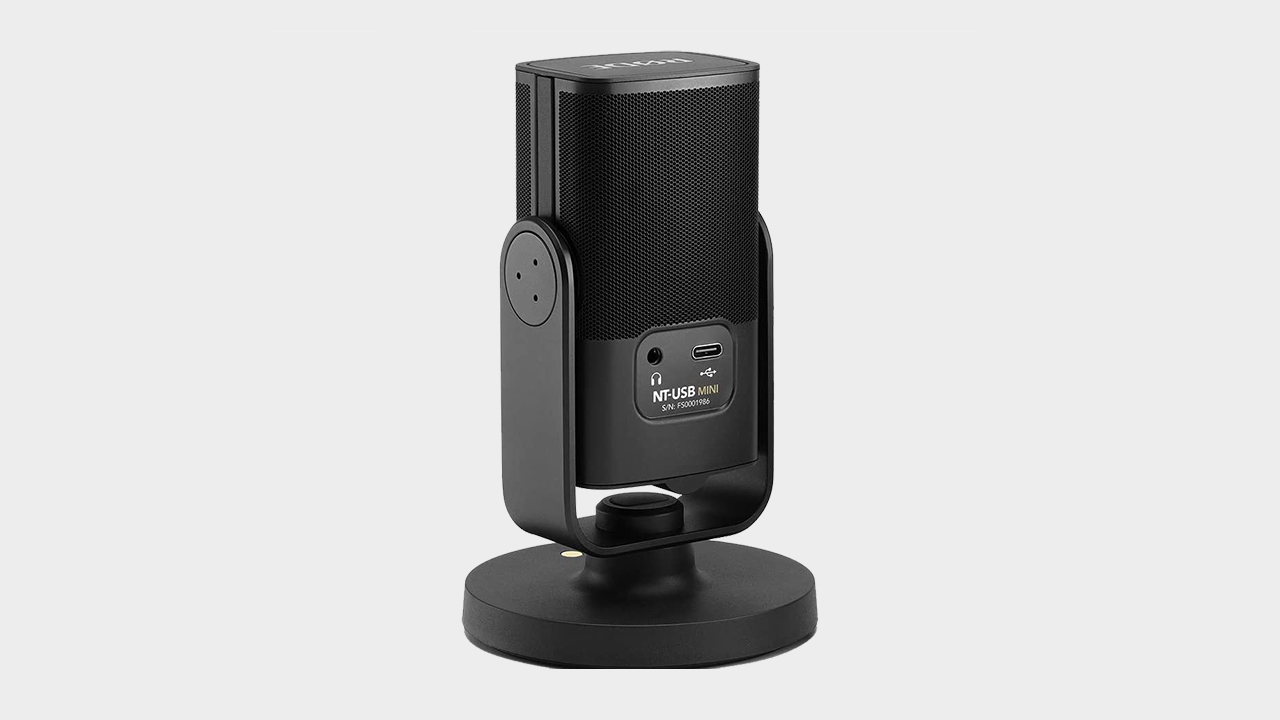
Rode makes quality microphones. No question. The only problem is, its prosumer audio often requires a bit of financial investment. The Rode NT-USB Mini microphone is hand down one of the best sub-$100 mics you can pick up right now.
Aside from sounding incredible, the NT Mini is an easy-to-use mic that any beginner can use. Speaking of easy, the Rode Connect software is a digital mixer that actually allows for up to four NT Minis to be plugged into a single computer without jumping through any hoops. It follows the same design philosophy as the other mini mics on this list by being compact and traveling well and, most of all, looking like a cool piece of tech.
Read our full Rode NT Mini review.
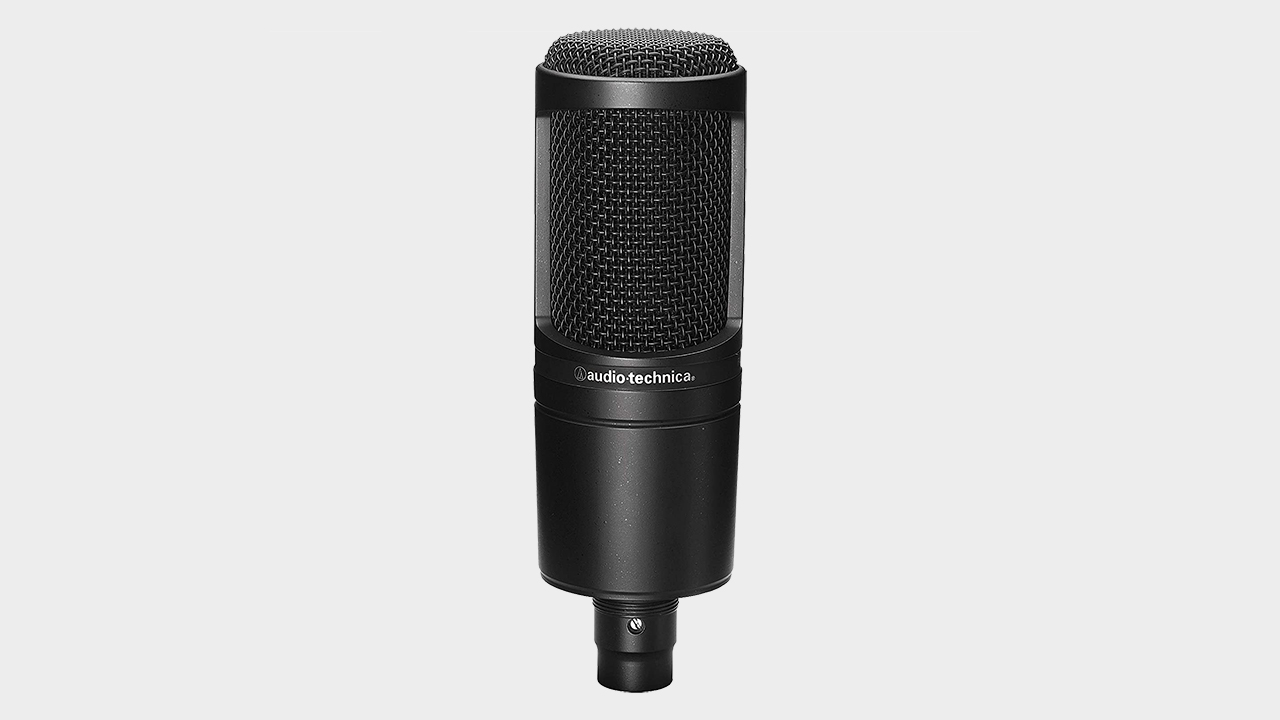
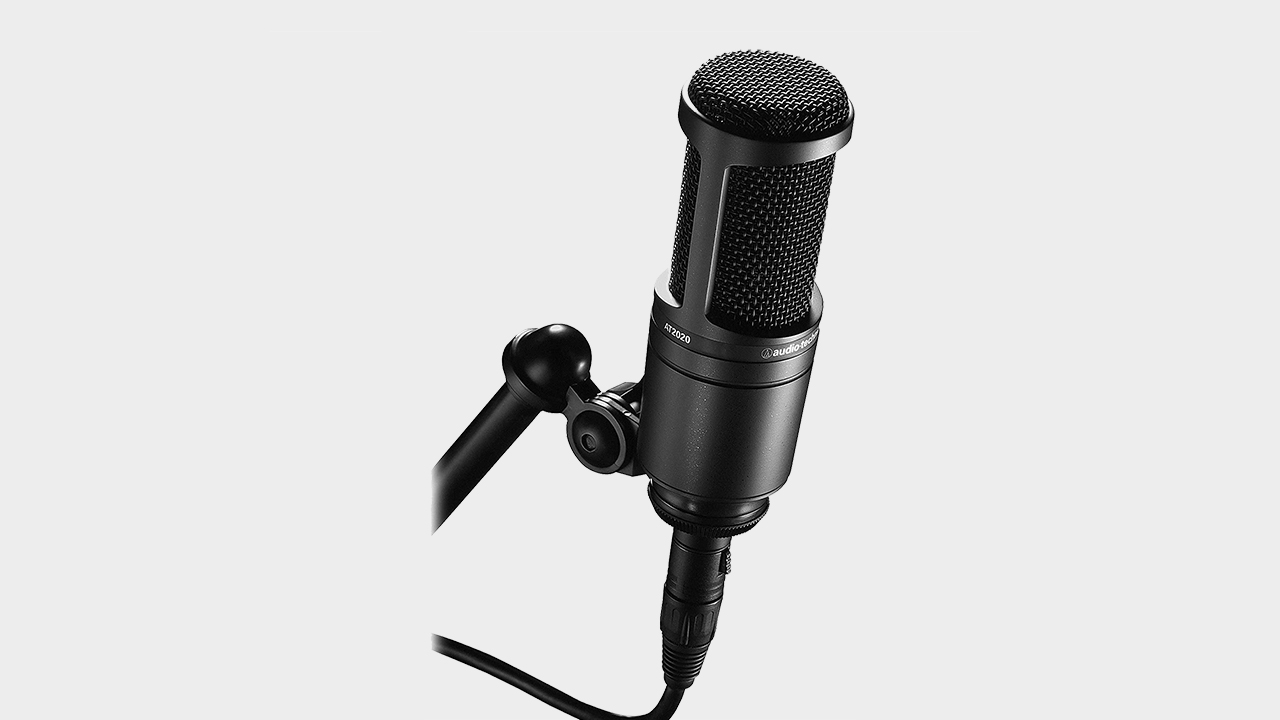
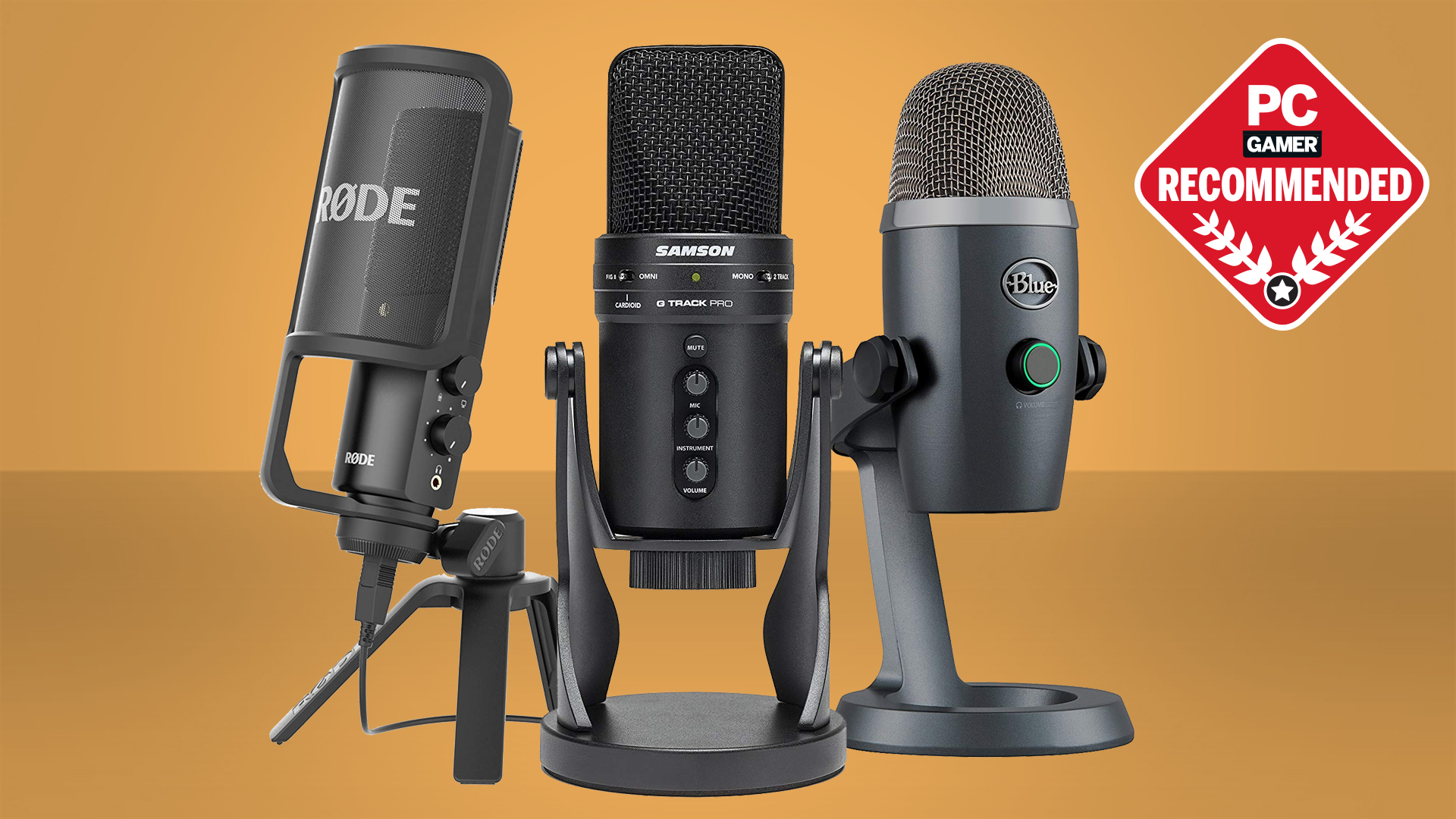
Best microphone for gaming: make sure you're heard
Best webcams: be seen while you get your stream on
Best capture cards: lessen the load with a dedicated card
Audio-Technica AT2020 might be the best cheap XLR microphone you can get your hands on right now. Any professional musician will tell you that trying to find a good XLR mic for less than $200 is a massive chore. Somehow, Audio-Technica manages to provide an excellent sounding XLR microphone for musicians for around $80.
The AT2020 follows the trend of stripping out features to cut costs. Here the mute button is absent, although you still have headset volume, monitor dials, a pivoting threaded stand mount, and a handy travel bag. Whenever you record yourself using the AT2020, you'll often think you're using a more expensive microphone.
So whether you're banging away on drums or explaining your latest win in Call of Duty Warzone for your adoring viewers, the AT2020 is a highly versatile microphone. Since it is an XLR microphone, you need to invest in an audio interface (which you can find as cheap as $50 online) to use on your PC. If you can't be bothered with an audio interface, for an extra $50, you can pick the AT2020USB+, which as you may guess features a USB interface instead.
Best gaming headset | Best gaming monitor | Best HDMI cable for gaming
Best computer speakers | Best SSD for gaming | Best CPU for gaming
Budget microphones FAQ
What are a mic’s polar patterns?
The polar pattern is the way a mic captures the sound around it. These are the most common polar patterns:
Cardioid: Records in front of the microphone. Perfect for voice-over, vocals, and streaming.
Bidirectional: Captures audio in front of and behind the mic. Ideal for one-on-one interviews.
Omnidirectional: Picks up sound from every direction. Perfect for round-table interviews.
Stereo: Perfect for ASMR recordings. YouTube ‘ASMR’ if you want the best example because I couldn’t do it just justice.
Is a gaming microphone worth it?
You can always make do with the stalk mic sticking out of your gaming headset, but there are very few that can come close to matching the recording quality of even the cheapest gaming mic on this list. If you’re planning on streaming or recording your gaming, and what to add your own voice to the mix, then making yourself sound better than your weedy headset microphone is surely a must.
Having a good mic will also mean you don’t have to use a gaming headset at all. For us audiophiles who prefer a great set of headphones that come without a mic at all, a desk-based option is the only way to roll.
What form factor should my mic be?
This isn’t a fashion show, but the form factor is still something that matters. In the case of a standing mic, you’ll be staring at it every time you’re sitting at your desk—and attachable mics need to make sure they aren’t too distracting either.
A mic’s form factor can also play a role in how adaptable it is, as you’ll need to make space for it. We used every mic in multiple settings with different PCs, keyboards, and monitors, getting a feel for how they looked and performed in each environment. As a streamer, your mic will also be in view for your audience, so its appearance is relevant.
- "
- 100
- 84
- All
- Amazon
- ARM
- around
- Audible
- audience
- audio
- auto
- beginner
- BEST
- Bit
- boom
- build
- cable
- call
- Call of Duty
- care
- case
- change
- coming
- Common
- computer
- content
- Costs
- could
- Couple
- CPU
- credit
- dedicated
- Design
- DID
- different
- digital
- down
- Environment
- expensive
- Fashion
- Feature
- Features
- financial
- follow
- form
- full
- future
- Gaming
- Giving
- good
- grab
- gray
- great
- Handy
- Hardware
- HDMI
- headphones
- Headset
- here
- history
- How
- HTTPS
- i
- ICON
- image
- interface
- Interviews
- invest
- investment
- IT
- Job
- Justice
- King
- laptop
- latest
- List
- load
- looked
- MAKES
- Making
- Matters
- May
- metal
- microphones
- model
- Monitor
- monitoring
- more
- Musician
- musicians
- nano
- offer
- Offerings
- Offers
- online
- Option
- original
- Other
- Pattern
- PC
- PCs
- People
- perfect
- Personality
- philosophy
- planning
- play
- Plugged
- podcast
- Podcasting
- Point
- Popular
- price
- Pro
- Product
- professional
- quality
- Razer
- RE
- record
- requires
- response
- review
- Roll
- s
- set
- significant
- Size
- small
- smaller
- So
- Software
- Space
- stream
- streaming
- superior
- surprise
- tech
- test
- Testing
- The
- Through
- time
- transport
- travel
- us
- usability
- usb
- version
- View
- viewers
- Voice
- volume
- Warzone
- What
- WHO
- win
- works
- worth
- years
- yourself
- youtube


